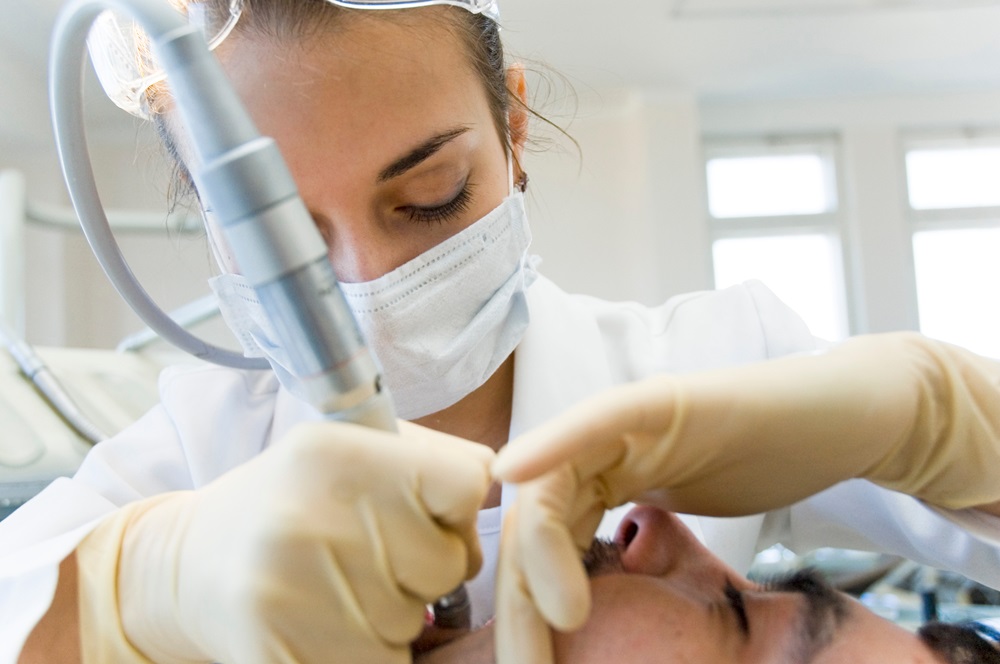Sedation, the art of calming the body for medical procedures or interventions, comes in various degrees. From the lightest touch to a profound slumber, the spectrum of sedation is wide.
But at what level does it reign supreme in medical practice? Sedation dentistry near you can be administered in several ways and adjusted to different levels according to the patient’s needs and the complexity of the treatment. Contact your local dentist to find out more about this form of care.
Level 1: Minimal Sedation
In the world of sedation, the mildest form is minimal sedation, also known as anxiolysis. Here, a patient remains awake but feels relaxed. It’s where your fears take a backseat while you stay alert enough to answer questions or follow simple commands.
This level is commonly used by a professional in procedures where a patient’s anxiety needs quelling without impairing their faculties.
Level 2: Moderate Sedation
Moving a step further, moderate sedation, often referred to as conscious sedation, dips into a deeper state. Patients under this level might slur their words and have a hazy memory of the procedure. Yet, they remain conscious and responsive.
It’s commonly used in dental procedures, minor surgeries, or during certain medical tests like endoscopies.
Level 3: Deep Sedation
Deep sedation takes the stage when the need arises for a patient to be nearly unconscious yet still able to respond purposefully. This level borders on the brink of general anesthesia, where patients are often on the edge of consciousness but can still be roused.
Commonly utilized in more invasive surgeries or complex medical procedures by a dentist near you, deep sedation ensures pain relief and minimizes awareness.
Level 4: General Anesthesia
And then there’s the grandeur of general anesthesia, where consciousness is entirely conquered. Under this level, patients experience no sensations, pain, or memory of the procedure.
It’s a state induced by specialized medications, rendering the patient completely unconscious. General anesthesia finds its place in major surgeries, intricate interventions, and certain critical medical conditions.
The Most Common Level: Moderate Sedation
While the spectrum of sedation levels offers a diverse range, moderate sedation is the most commonly used level across various medical procedures and interventions. Its balance between calming the patient’s anxiety and ensuring a comfortable experience without inducing full unconsciousness makes it a preferred choice.
Moderate sedation strikes the delicate chord where patients feel relaxed, might have partial memory loss from the procedure, yet remain cooperative and responsive. Its versatility allows medical professionals to perform various procedures without the risks associated with deeper sedation levels.
Patients are moderately sedated during dental procedures, minor surgeries, and diagnostic tests such as colonoscopies or endoscopies done by a dentist in Newmarket due to their effectiveness in managing patient comfort and cooperation.
Concluding Thoughts
In the symphony of sedation, each level plays its distinct role. From the gentle calm of minimal sedation to the profound slumber of general anesthesia, the choice of sedation level is tailored to the procedure’s nature and the patient’s needs.
Yet, amidst this array, moderate sedation is the champion of common usage. Its ability to balance relaxation and responsiveness makes it the go-to choice for numerous medical interventions.
Understanding these levels empowers patients and medical practitioners to navigate the realm of sedation effectively, ensuring a harmonious blend of comfort and safety during medical procedures.
Get in Touch with Our Experts Today
Keep 28 Dental Centre excels in personalized care by adeptly employing varying levels of sedation dentistry in Newmarket. For routine treatments, they often utilize minimal sedation, assuaging patient anxiety while maintaining consciousness.
In cases demanding deeper relaxation, moderate sedation is expertly administered, ensuring comfort without complete unconsciousness. Their proficiency extends to deep sedation for intricate procedures, allowing patients to remain responsive while minimizing awareness.
To set up an appointment with a team member, we invite you to contact us via phone or email; we look forward to walking you through whatever form of treatment you’re interested in learning more about.

